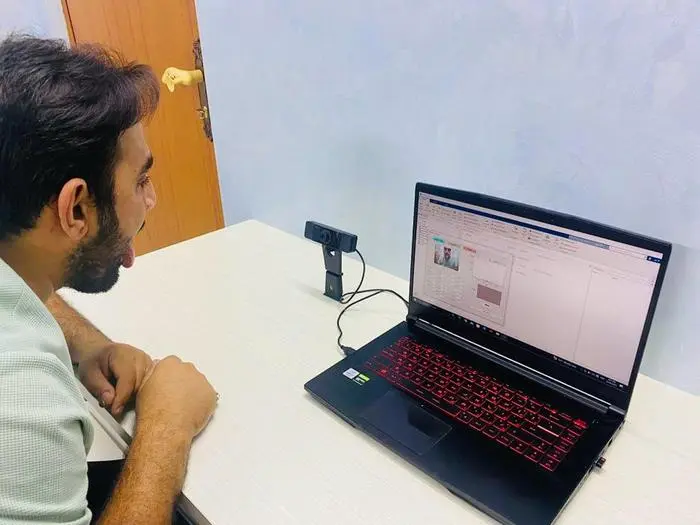
Image from Middle Technical University
AI Model Achieves 98% Accuracy In Diagnosing Diseases Through Tongue Analysis
A recent research article showed that an AI-powered model has achieved a remarkable 98.71% accuracy rate in diagnosing various diseases by analyzing patients’ tongues. The AI model can identify conditions such as diabetes, stroke, anemia, asthma, liver and gallbladder issues, COVID-19, and several vascular and gastrointestinal problems.
The study, announced today by the University of South Australia, utilized various color models and machine learning algorithms to train the AI. The system processes and classifies tongue images based on color, shape, and texture. It was trained with 5,260 images across seven color categories and demonstrated high accuracy.
In the announcement, Senior Author Ali Al-Naji, Adjunct Associate Professor at MTU and UniSA, points out that this AI model is mimicking a 2,000-year-old practice from traditional Chinese medicine: using tongue examination to detect signs of disease.
Two teaching hospitals in the Middle East provided 60 tongue images from patients with different health conditions. In the study, cameras positioned 20 centimeters from the patients captured their tongue color, and the imaging system predicted their health condition in real time.
The AI-powered system was trained with six machine learning algorithms to predict tongue color under different lighting conditions. These algorithms are naïve Bayes (NB), support vector machine (SVM), k-nearest neighbors (KNN), decision trees (DTs), random forest (RF), and Extreme Gradient Boost (XGBoost).
Despite its successes, the study had limitations. These included patient reluctance to consent for data collection and issues with camera reflections affecting color accuracy. The researchers stated that future studies will tackle these problems by using advanced image processors, filters, and deep learning techniques to enhance color classification and diagnostic precision.
Significant progress has been made in AI-based tongue diagnosis, with improvements in feature extraction, data diversity, and algorithm sophistication leading to greater accuracy and reliability. These advancements highlight AI’s potential to advance traditional Chinese medicine and other medical fields.


 Previous Story
Previous Story

 Latest articles
Latest articles 

Leave a Comment
Cancel